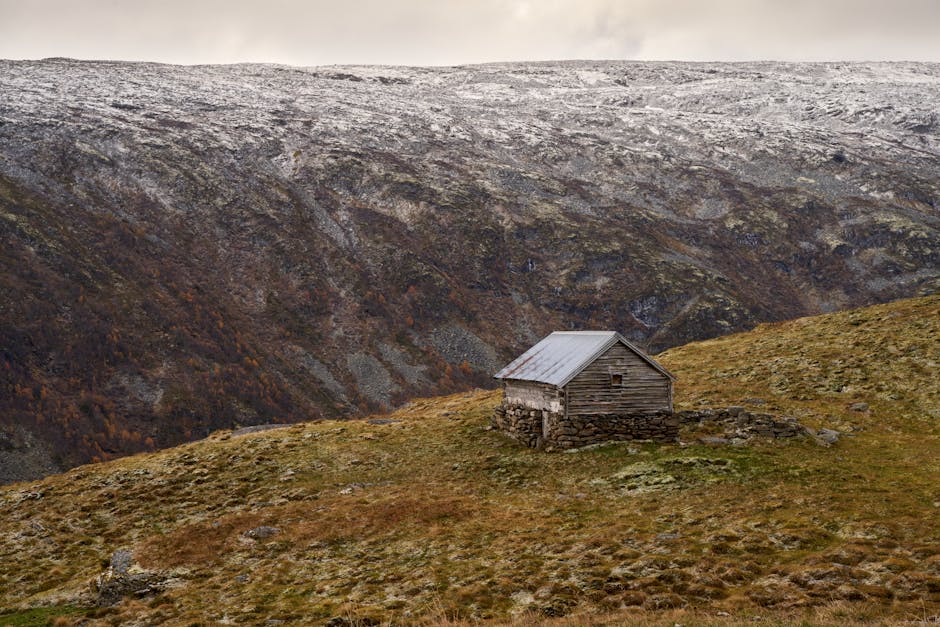
Historic Preservation: A Guide to Protecting Cultural Heritage
Historic Preservation: A Guide to Protecting Cultural Heritage
Historic preservation plays a crucial role in protecting our cultural heritage and preserving our history for future generations. It involves safeguarding and maintaining historical sites, buildings, artifacts, and landscapes that hold significant historical, cultural, or architectural value. Through the practice of historic preservation, we can ensure that our past is not forgotten, and the stories of our ancestors are passed down to future generations.
The Importance of Historic Preservation
Historic preservation is essential for several reasons:
- Cultural Identity: Historical sites and artifacts represent our cultural identity and heritage. They tell us about the people, events, and customs that shaped our society.
- Education: Preserved historical sites serve as valuable educational tools, allowing us to learn from the past and understand our roots.
- Economic Benefits: Historic preservation often contributes to economic growth by attracting tourists, boosting local economies, and creating job opportunities.
- Environmental Sustainability: Revitalizing and reusing historic buildings promotes environmental sustainability by reducing the need for new construction and preserving resources.
Techniques Used in Historic Preservation
There are various techniques used in historic preservation to ensure the longevity and authenticity of historical sites:
- Documentation: Thorough documentation of historical sites, including photographs, drawings, and written records, helps in understanding their historical significance and aids in their preservation.
- Conservation: Conservation involves the careful treatment and repair of deteriorated or damaged elements of historical sites. It aims to maintain the original materials and design as much as possible.
- Restoration: Restoration focuses on bringing historical sites back to their original form and appearance. This often requires extensive research and expert knowledge to recreate missing or damaged elements.
- Adaptive Reuse: Adaptive reuse involves repurposing historical buildings for modern use while preserving their historical character. It ensures the continued survival and relevance of these structures.
The Significance of Preserving Historical Sites
Preserving historical sites is vital for future generations because:
- Cultural Continuity: By preserving historical sites, we can maintain a sense of cultural continuity and connect with our past.
- Archival Value: Historical sites serve as important archives of our history, providing valuable resources for research and study.
- Collective Memory: Historical sites help us remember and honor our ancestors, their achievements, and their contributions to our society.
- Sustainable Development: Historic preservation encourages sustainable development by promoting the reuse of existing structures and minimizing waste.
Historic preservation is a collective responsibility that requires the efforts of governments, organizations, and individuals. By valuing and protecting our cultural heritage, we can create a better future while preserving our past.
